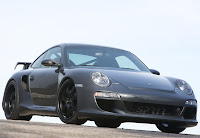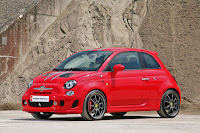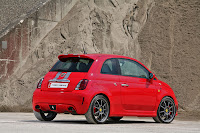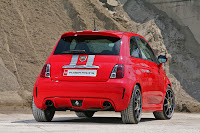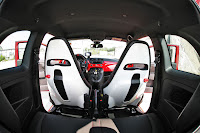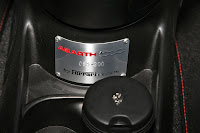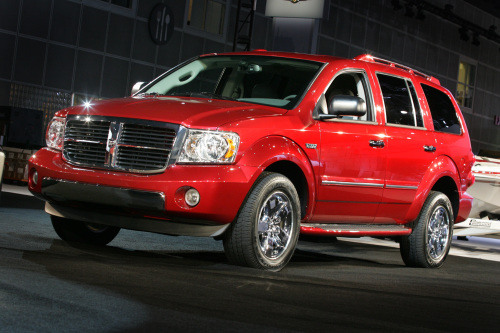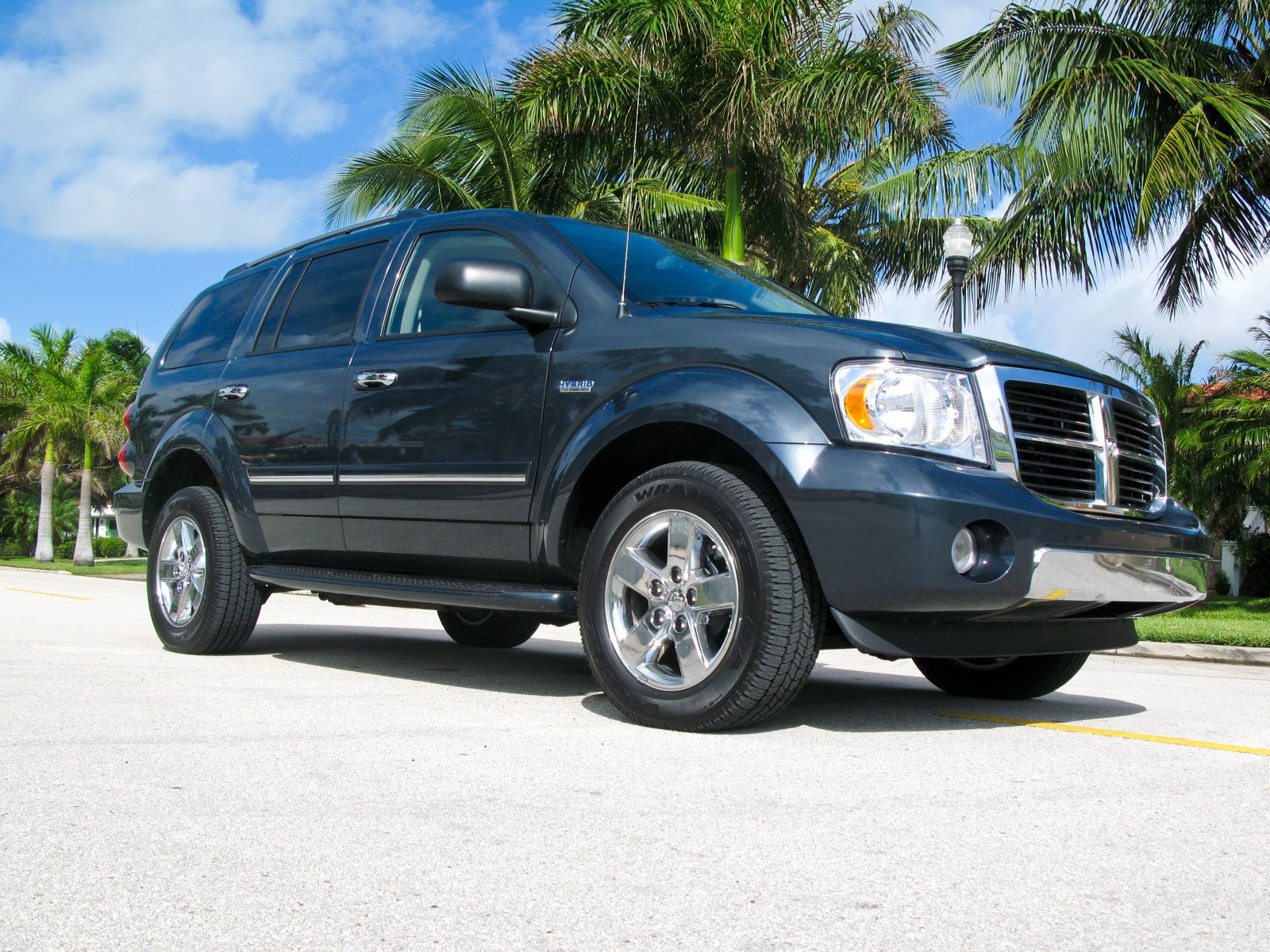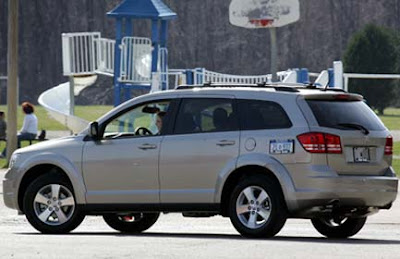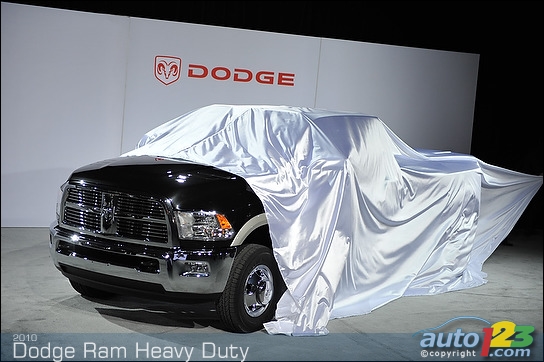SPORTEC RETURNS TO SALON PRIV� EVENT WITH IMPROVED SPR1R SUPERCAR
Having stunned the motoring press and Salon Priv� show goers last year with the UK premier of the SPR1, SPORTEC is set to debut a new, faster, lighter and improved version of the Swiss built supercar at this year's event - the SPR1R.
Conceived, designed and constructed in Switzerland by SPORTEC's technical team, the new version of the SPR1 offers unrivalled supercar performance and exclusivity, carrying over the 858PS bi-turbo, 3.6-litre, 24-valve, flat six T80M engine and permanent four wheel drive of the previous version.
Likewise the SPORTEC SPR1R's specification includes the titanium connecting rods, a flat carbon fibre under floor, active suspension and F1 style ceramic brake discs of other SPR1 models, while the use of composite (carbon / Kevlar) body panels, forged alloy wheels, an integrated safety cage and ceramic brake discs allows the SPR1 to be lighter, safer and more dynamic than other cars in its class.
For 2010, the SPR1R boasts a number of detail improvements. Firstly, by concentrating on weight reduction across a variety of key components, SPORTEC's technicians have managed to reduce the weight of the SPR1R by 50 kilograms, to a total of 1295 kilos.
This development makes the SPR1R one of the lightest supercars on the market (a Bugatti Veyron weighs 1990 kilos for comparison) and enhances the SPR1R's power to weight ratio to a staggering 655 bhp per ton.
In addition, SPORTEC has added a driver adjustable traction control system, managed via a touch screen mounted in the centre console. This unit also doubles as a vehicle data logger and lap timer, which also allows owners to monitor key engine data in real time.
These combined improvements have yielded considerable performance benefits. While the 0-62mph (100kmh) time is unchanged at 3.0 seconds, the 300 kmh (186mph) increment arrives 0.9 seconds quicker than previously, highlighting the effectiveness of the changes. The quoted top speed of more than 236mph remains unaltered
Available in a choice of colours, the SPR1R boasts a number of exclusive SPORTEC styling and interior touches, including lightweight 20 inch forged alloy wheels, a carbon fibre rear wing and leather / alcantara interior.
Subtle, exclusive yet very useable and designed to deliver unrivalled performance, the 2010 SPR1R is designed to stay ahead of the supercar competition.
APS of Brackley is the UK concession for SPORTEC, and APS / SPORTEC is delighted that the 2010 SPR1R will be making its British debut at the prestigious Salon Priv� show at London's Hurlingham club, between 21st-23rd July.
2010 MY SPORTEC SPR1R Technical Data
Engine type Six cylinder boxer engine
Displacement 3600cc
Bore/stroke 100 x 76.4mm
Compression ratio 9.0:1
Power output 858PS @ 8200rpm
Torque output 642lb.ft @ 4800rpm
Engine management Bosch ME 7.8 SPORTEC MFC G4.0
Fuel quality 98 RON unleaded
Idle speed 820rpm
Max engine speed 1st gear 8700rpm
2nd-5th gear 8500rpm
6th gear 8200rpm
Emissions standard Euro IV
Transmission
Six-speed manual, four wheel drive
Gear ratios:
1st 3.82
2nd 2.05
3rd 1.41
4th 1.12
5th 0.92
6th 0.75
Reverse gear 2.86
Final drive ratio 3.44
Speed at 1000rpm in 6th gear 30.76mph
Clutch disc diameter 240mm
Chassis
Front axle Light alloy links with McPherson struts, uniball top mounts
Rear axle Multi link suspension, uniball top mounts
Steering Electric power steering
Steering ratio 1:16.9
Steering from lock to lock 2.98
Brakes Front: 8 piston light alloy calliper
Rear: 4 piston light alloy calliper
Brake discs Front: Cross drilled and ventilated ceramic 380 x 34mm discs
Rear: Cross drilled and ventilated ceramic 322 x 28mm discs
Wheels Front: 9J x 20 inch 30mm offset
Rear: 12.5J x 20 inch 40mm offset
Tyres Front: 255/30 R20 92Y XL
Rear: 345/25 R20 100Y
Weights
Kerb weight (DIN)* 1295 KG
Front / rear weight distribution 40/60
*Depending on equipment
Dimensions
Length 4467mm
Width 1878mm
Height 1275mm
Wheelbase 2350mm
Track front: 1550mm
Rear: 1564mm
Fuel capacity 64 litres
Performance
Maximum speed Over 236mph (380kmh)
Acceleration:
0-100kmh (62 mph) 3.0 seconds
0-200kmh (124mph) 8.6 seconds
0-300kmh (186mph) 18.9 seconds
Power to weight ratio 655 bhp per ton
Bhp per litre 238







 Having said all that, some corners are conducive to overtaking:
Having said all that, some corners are conducive to overtaking:

